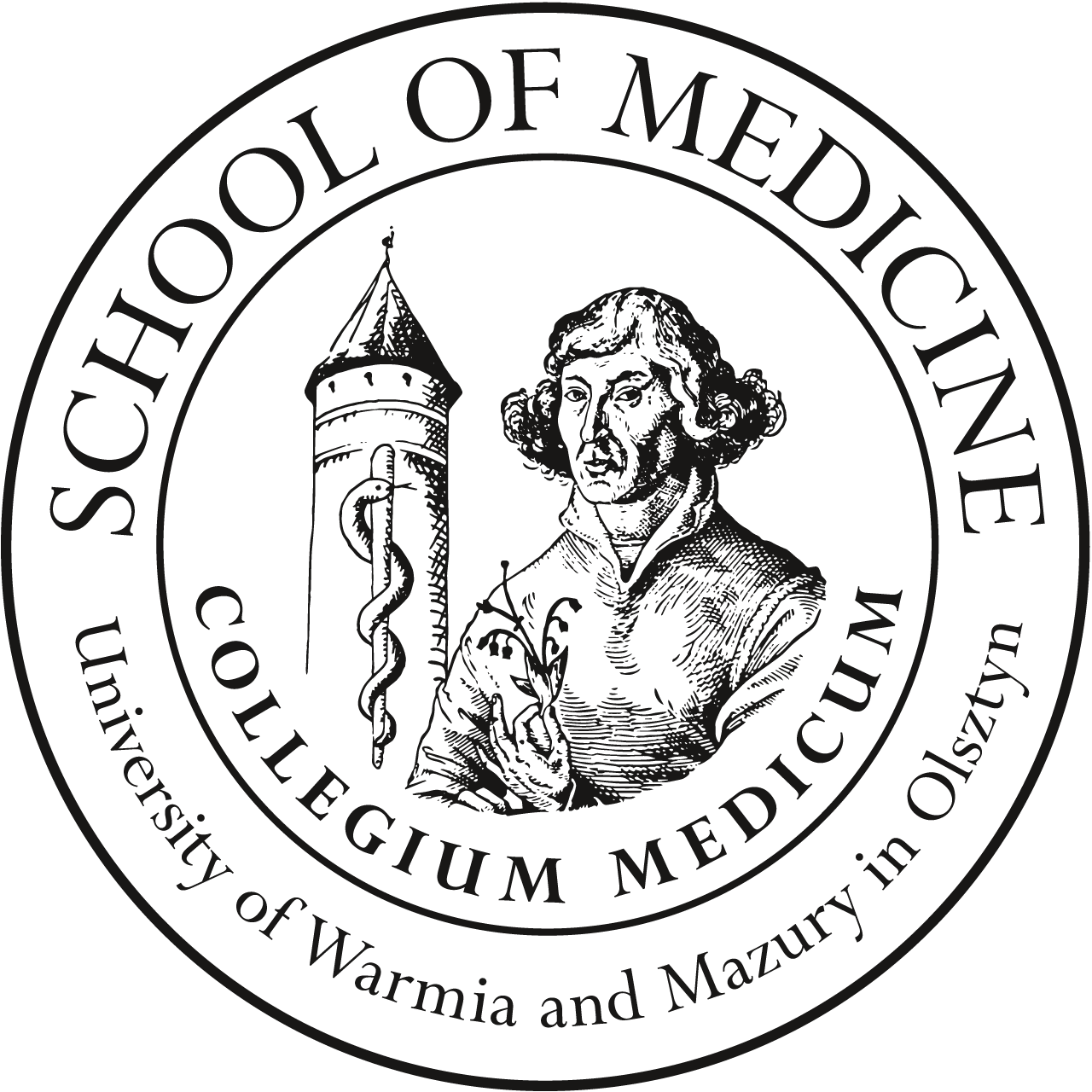SCHEDULES AND THEME
TEACHER: Przemysław Jackowski, MD
CLASSES
I. INTRODUCTION TO THE ULTRASOUND EXAMINATION
• How is an image created? What does the device consist of and how does the ultrasound device work?
• X-ray, CT, MRI or ultrasound? - indications for ultrasound examination of the musculoskeletal\system in children. Advantages and limitations of the method
II. IMAGING AND EVALUATION OF TISSUES IN ULTRASONOGRAPHIC EXAMINATION.
•Typical ultrasonografic image of a muscle, tendon, ligament or cartilage. Principles of evaluation. Anisotropy
• Stretch, contusion or rupture - the most common tissue pathologies
III. PRINCIPLES OF ULTRASONOGRAPHIC EXAMINATION OF THE MUSCULOSKELETAL SYSTEM OF PEDIATRIC PATIENT
• When should an ultrasound examination of the musculoskeletal system should be performed or ordered in a child?
• Differences in examination at developmental age
• Post-traumatic and overload changes in the musculoskeletal system of a pediatric patient.
• Ultrasonography as a basic tool in rheumatology and pediatric oncology.
IV. ULTRASOUND ROLE IN DEVELOPMENTAL HIP DYSPLASIA OF INFANTS
• What is the prevention of hip dysplasia in Poland?
• Components and examination technique according to the method of prof. R. Graf
• Evaluation of sonograms of a normal hip joint and a dysplastic joint.
V. KNEE JOINT AS A GOOD START IN ULTRASONOGRAPHY OF THE MUSCULOSCELETAL SYSTEM.
• Ultrasound anatomy of the knee joint of a healthy child
• Examination technique.
• The most common pathologies of the knee joint in ultrasound examination
• Practical classes
PLACE: Children's Hospital in Olsztyn


